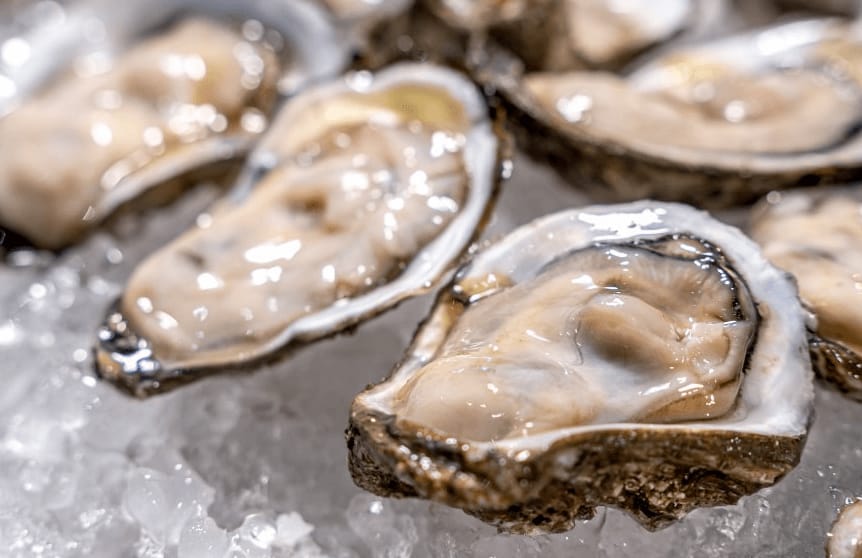- Thriving Guide
- Posts
- Why Eating Raw Oysters Can Be Risky All Year
Why Eating Raw Oysters Can Be Risky All Year
Cooler months don’t guarantee safety raw oysters can still carry harmful bacteria and viruses no matter the season.

You’ve probably heard the old saying. “Only eat oysters in months with an ‘R.’” It’s a long-standing belief that oysters are safer to eat from September through April, when the weather is cooler. But modern science says otherwise eating raw oysters can make you sick no matter the season.
While refrigeration and supply chain improvements have enhanced seafood safety, the real danger of raw oysters lies in how they feed not when they’re served.
Why Raw Oysters Pose a Health Risk
Oysters are filter feeders, meaning they absorb everything in the water around them including bacteria, viruses, and contaminants. When those waters are polluted with fecal matter or runoff, the oysters can carry harmful microbes straight to your plate.
Cooking oysters to the right temperature can kill most pathogens. But eating them raw or undercooked? That leaves you vulnerable to serious foodborne illnesses even if they look, smell, and taste fine.
What Can You Catch from Raw Oysters?
Vibrio Bacteria
One of the most common (and dangerous) pathogens found in oysters is Vibrio, a bacteria that naturally lives in coastal waters. It thrives in warmer temperatures, but climate change is allowing it to survive and spread even in cooler months.
Vibrio infections can cause vomiting, diarrhea, and abdominal pain
In severe cases, especially in people with weakened immune systems, it can lead to bloodstream infections or even death
According to the CDC, about 80,000 people in the U.S. get sick from Vibrio each year, and around 100 die from severe infections
Norovirus
Known as the "stomach flu," norovirus is another major risk with raw oysters. It’s highly contagious and tough to kill even through standard harvesting, shipping, and storage processes.
Symptoms include:
Nausea and vomiting
Diarrhea and stomach cramps
Fever and body aches
And just a few virus particles can trigger an infection.
The “R Month” Myth, Debunked
The idea that oysters are only safe in “R” months (September through April) originated before modern refrigeration. Back then, warmer temperatures made it harder to keep shellfish fresh, increasing the risk of spoilage and illness.
Today, the bigger issue isn’t the temperature outside it’s what's in the water where the oysters are grown. And thanks to rising ocean temperatures, the bacteria and viruses that cause illness are no longer seasonal.
How to Enjoy Oysters More Safely
If you enjoy oysters, you don’t have to give them up completely just cook them thoroughly to reduce your risk.
Safer Oyster Tips:
Cook oysters to an internal temperature of 145°F to kill most harmful microbes
Avoid raw oysters if you’re pregnant, immunocompromised, or have liver disease
Don’t rely on smell alone contaminated oysters can appear and smell normal
Skip oysters with a sour or ammonia-like odor after cooking they’re spoiled
Purchase oysters from reputable sources that follow strict safety standards
If you do choose to eat raw oysters, know the risks and avoid doing so during travel or at unfamiliar restaurants where sourcing is unclear.
Bottom Line
Raw oysters can contain dangerous pathogens all year long, not just in the warmer months. Whether served on ice in July or December, the risk of illness remains. Cooking oysters thoroughly is the best way to enjoy them safely and protect your health.
For more wellness and safety tips, subscribe to our newsletter or share this article with friends who love seafood.